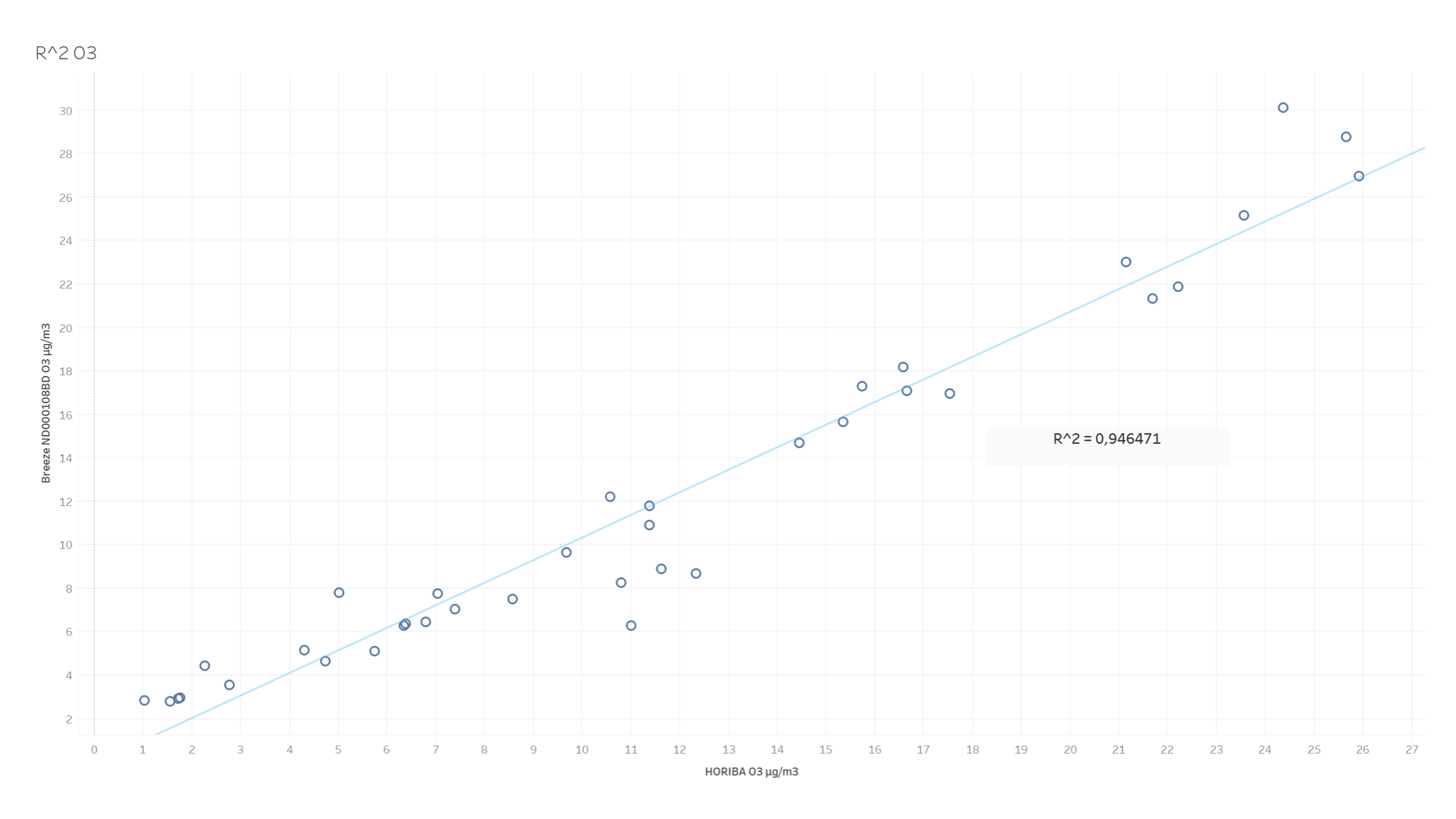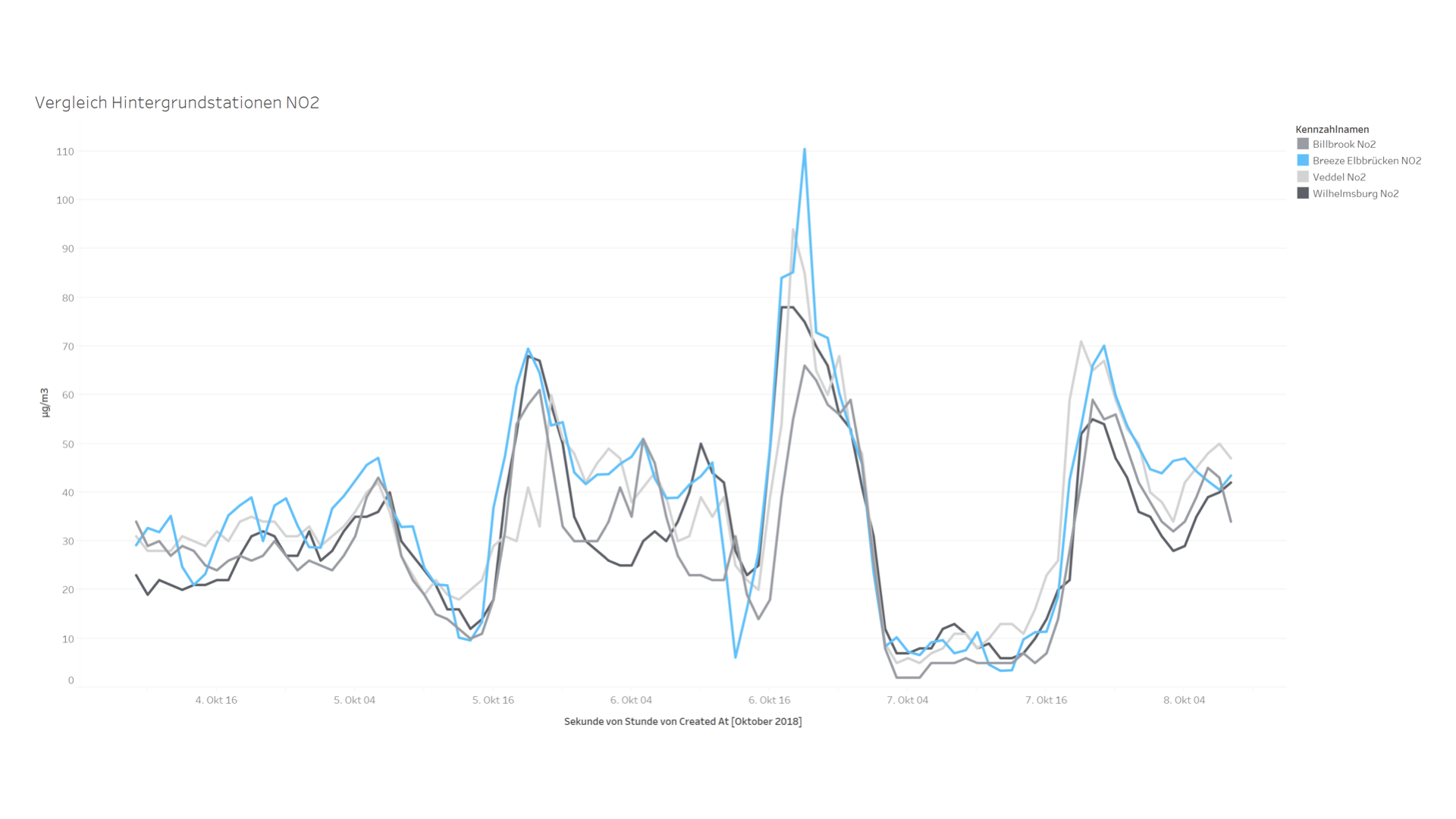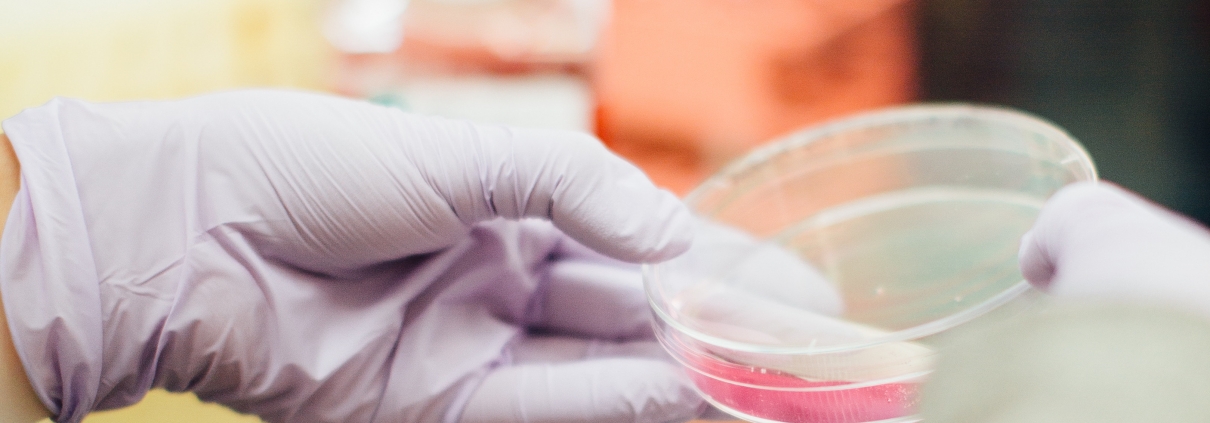Air Quality Sensors by Breeze Technologies: Accuracy, Data Quality, and Reliability
This article presents why and how Breeze Air Quality Sensors prioritize accuracy, data quality, and reliability.
One of the most essential factors in monitoring air quality is the accuracy and reliability of the measurement equipment as well as the acknowledgment of its measurement characteristics. This directly impacts the accuracy and reliability of the obtained air quality data. Inaccurate data leads to implementation uncertainty; clean air actions that are implemented on this basis risk being in danger of not accomplishing their intended goal. As the initial air quality levels are uncertain, it is difficult to identify the potential for optimization and the impact of interventions.
That’s why at Breeze Technologies, we place great importance on data quality and measurement accuracy. Our award-winning technology, Adaptive Cloud Calibration, regularly – up to every 30 seconds – recalibrates the measurement data collected by the sensors. This is done within three steps:
• Technical plausibility check of the air quality data: Firstly, the data is checked for plausibility. Then the collected data flows directly into the monitor function of the sensors – in case of any doubt, our system will notice that the sensor is in need of maintenance. Thereby, we follow the approach of “Predictive Maintenance”.
• Correction of externally influencing factors (real-time calibration): In the next step, externally influencing factors (e.g., temperature and humidity fluctuations, signs of aging, cross-sensitivities and sensor drift) are eliminated. After that, the final measurement can be obtained via the various applications and the API.
• Plausibility check of the air quality data based on location factors: Lastly, our Artificial Intelligence validates the data to match with the location and local location factors, previous air quality as well as climate data, and data from similar locations. These data also transfer to the maintenance cycles.
Inevitably, we regularly review the data collected by our air quality sensors to guarantee the level of accuracy and reliability:
• Laboratory measurements: In appropriated gas laboratories, we facilitate a controllable atmospheric condition. For this purpose, the air quality sensors are placed in a hermetically sealed chamber. This is flooded with a so-called zero gas, a neutral gas to which the sensors do not react. An example of a zero gas is nitrogen. From this moment onwards, the exact concentration of the gas mixture in the chamber is known. Afterwards, with the help of a gas mixing device different concentrations of test gases – in this case, the air pollutants measured – are introduced. The data collected by the air quality sensors and the already known concentrations in the gas mixing chamber can be used to identify measurement cross-sensitivities in order to resolve them in our real-time calibration.
• Field measurements on existing measurement infrastructure: The placement of air quality sensors on existing airflow measurement stations can be used to verify the accuracy of the sensors in the field. We work with different partners and install our own measuring instruments at the calibrated (traditional) measuring stations of our partners. The collected data from the air quality sensors and the air measurement stations are then ready to be directly compared. In tests, our air quality sensors have reached an R ^ 2 of up to ~ 0.95 compared to a meter with a price list of several hundred thousand euros (see chart 1).
• Trend analysis in comparison to surrounding air measuring stations: For longtime installations of air quality sensors, we carry out the corresponding trend analyzes. As below, we compare the urban air quality trajectories recorded by our air quality sensors and other air measuring stations. Figure 2 shows the comparison between one of our sensors in Hamburg-Rothenburgsort with the surrounding public measuring stations in Hamburg city. As the measuring equipment is installed far from each other, obviously, the data does not match 100%. However, the trends are the same.


The accuracy and reliability of our air quality sensors are paramount at Breeze Technologies. If you have further questions about our sensors, feel free to contact us.
For further information about us, you could read this article on the website of the European Commission.
Read this article in German here.



